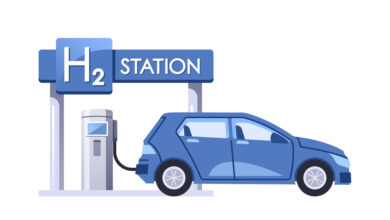What’s driving aftermarket acquisitions – Auto Service World

 Image credit: Depositphotos.com
Image credit: Depositphotos.com
It’s a healthy market for mergers and acquisitions, according to a new report that examined deals that have recently taken place in the United States.
The U.S. automotive aftermarket is witnessing robust demand due to an aging car fleet, more miles being travelled and increasing vehicle complexity — all making deals more attractive to prospective buyers, said Capstone Partners’ automotive aftermarket sector update for October.
Rising borrowing costs and vehicle prices are pushing many consumers away from buying new vehicles, driving average age in the U.S. to 12.5 years. This trend has boosted the demand for non-discretionary aftermarket parts and services. Furthermore, vehicles more than a decade old are anticipated to make up 42.5 per cent of aftermarket spending, dwarfing the 24.8 per cent share from vehicles less than five years old, according to MEMA Aftermarket Suppliers.
The Auto Care Association reported that the U.S. industry’s value is expected to climb to $497.4 billion in 2023, 5 per cent more than last year.
Another factor: As cars evolve technologically, consumers increasingly prefer professional services (DIFM), further boosting aftermarket subsectors.
Despite broader economic challenges, the crucial nature of aftermarket services ensures steady revenue for industry players, Capstone observed. It highlighted companies like Boyd Group Services and Driven Brands as seeing sales surges of 23 per cent and 19 per cent, respectively, year over year. Boyd Group added 57 collision repair centers in 2023’s first half.
As 2024 approaches, Capstone predicted aftermarket service demand to remain robust, while noting significant M&A interest in high-quality aftermarket service providers.
The group noted 230 deals up to October 2023. While that’s down from 418 in all of 2021, 393 in all of 2022 and 310 at the same point last year, “sector deal volume is expected to accelerate in the coming quarters and through 2024 as broader M&A markets emerge from a relative trough in dealmaking,” the report said.
“While high-quality retailers, distributors, and parts suppliers have captured healthy buyer appetite, targets in the services segment have witnessed significant strategic and private equity interest. As supply chains have normalized and demand has remained robust, prospective sellers with recurring revenue, a sticky customer base, and defensible gross margins are poised to generate the greatest buyer attention.”






